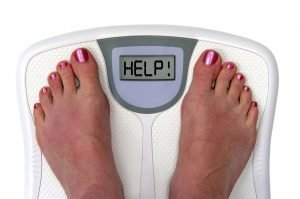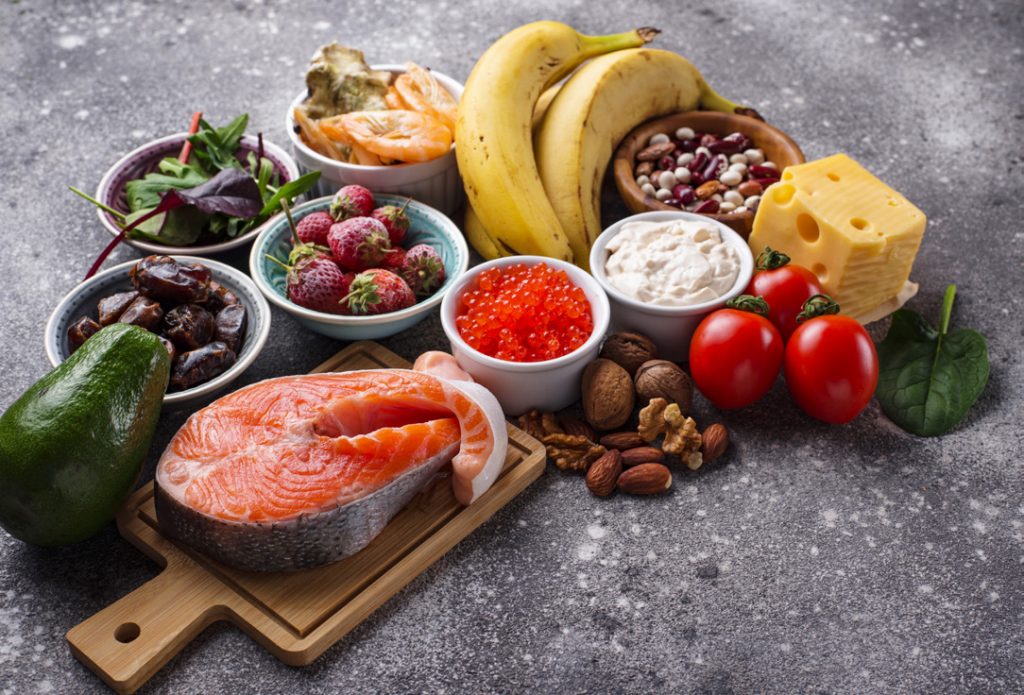Category: Health
 Jennifer L. Farley, PsyD
Jennifer L. Farley, PsyD
Lindner Center of HOPE, Associate Chief of Psychological Services
Congratulations! Your child graduated from high school! And now… what?
Many are busy selecting their fall semester college courses and buying necessities for their dorm room. Others have chosen to delay college and work instead, using time to consider their future. Some opted to focus on a career trade and are doing apprenticeship work. No matter their course, these newly-minted adults can now do 3 main things in America: vote, go to jail for their own actions, and enter into contracts on their own accord. Yet, there are some contracts for which 18-year-olds are too young, and many lack the financial independence many contracts require. Bottom line: young adults still need support. But things are different, they’re high school graduates now. And most still live at home, at least for a little while.
The length of time it takes for one’s emancipation from home is entirely dependent on the path they’ve chosen and their success with it. For college students, the biggest first leap is when they move into their college dorm. It’s their first space outside of home to call their own. Yet, the college dorm is still a contained bubble, where rules still dictate what’s expected and complete freedom is not given. Even dorms typically shut down during extended or holiday breaks. Freshman year represents the first of a graduated series of “bubble” expansions, when by their 3rd or 4th year, students have learned how to cook some of their own meals (instead of relying on cafeteria meal plans), they have to navigate roommate tensions without the aid of a dorm resident advisor, and they’ve (hopefully) learned to be self-disciplined and self-accountable. Most college students aren’t fully emancipated from their parents until they function completely independently on their own – when they get a job and make enough money to support themselves. That stage doesn’t mean “without support” of parents, it’s just that the adult child no longer requires parents’ resources to live on their own. For any young adult, this takes time: time to get a job, time invested in working, and time spent saving money.

Even among the healthiest of families, any young adult’s process of emancipating from home comes with tension. This is par for the course… it’s how young adults develop self-confidence and gumption. Without “tests” involving interactions with family, without the development of gumption, young adults risk a poor transition into their independent years. Imagine going away to college, working a full-time job, or moving out feeling insecure about yourself, not being able to trust that you can assert yourself or make good decisions. Without gumption, one may be so comfortable at home that they don’t seek more independence. Gumption fuels self-decision-making and serves as a foundation towards independence. Gumption often brings tension, and tension is experienced before big changes or transitions. The changes involved with emancipation are experienced by young adults and their families, alike.
During the months leading up to one’s emancipation from home, tension is often experienced in waves. Parents, realizing the borrowed time they have with their child, may seek more time to spend together with their child. Other times, parents may engage in more activities without their child to prepare themselves for their child to leave home. Adult children do a similar dance; sometimes they may seek their parents in anticipation of being away from them, while much of the time they want to spend time with friends. You can imagine the conflicts that arise when an adult child wants freedom with friends during a time when parents seek quality time with their child. This is all natural, it’s just a matter of recognizing and understanding it. Time spent together can involve some creativity with lessons in laundry, basic cooking, and how to manage money – while times of tension make it easier for everyone to prepare to say “goodbye” and to face the changes ahead.
No matter the transition ahead, practice the cycle of a “submarine parent” – stay offshore, come up for air sometimes to check in with your young adult child, and retreat back down in the water when you see your child is doing just fine.

















